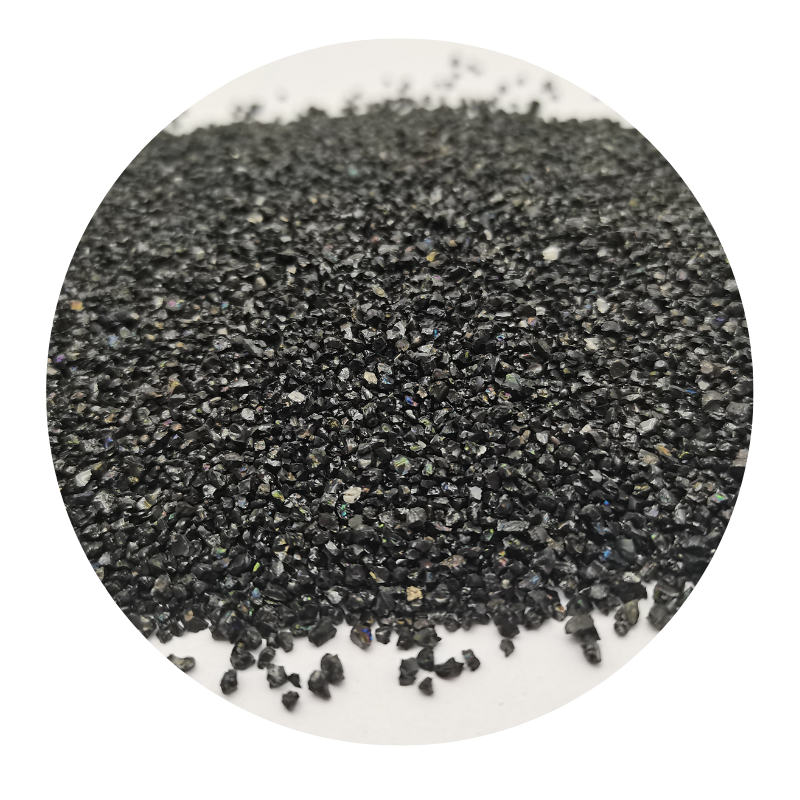
silicon carbide
The Advantages and Applications of Silicon Carbide
Silicon carbide (SiC) is a compound semiconductor that has gained significant attention in various industries due to its unique properties. Composed of silicon and carbon, SiC exhibits remarkable thermal conductivity, high electric field breakdown strength, and excellent thermal stability, making it a prime candidate for a variety of applications, from electronics to automotive components.
One of the most significant advantages of silicon carbide is its superior thermal conductivity compared to traditional silicon. This property allows SiC devices to operate efficiently at high temperatures and under heavy power loads. As a result, SiC is increasingly being utilized in power electronics, particularly in high-power and high-frequency applications. Power devices made from SiC can handle greater voltages and currents than their silicon counterparts, leading to more efficient energy conversion. This is particularly relevant in renewable energy systems, where SiC devices can improve the efficiency of power inverters.
Moreover, SiC is highly resistant to thermal shock and chemical corrosion, making it ideal for harsh environments. This characteristic has led to its adoption in the automotive industry, especially in electric vehicles (EVs) where efficiency and reliability are paramount. By implementing SiC-based power modules, electric vehicles can achieve longer ranges, quicker charging times, and lower overall energy consumption. As the automotive industry continues to shift towards electrification, SiC technology is expected to play a crucial role in the development of next-generation electric and hybrid vehicles.
silicon carbide

In addition to automotive applications, silicon carbide is also making waves in the field of telecommunications
. The demand for faster and more efficient communication technologies is growing, and SiC's high-frequency characteristics are particularly suited for radio frequency (RF) applications. SiC devices can deliver improved performance in RF amplifiers and microwave communications, supporting the expansion of high-speed Internet and 5G networks.Beyond electronics and automotive applications, SiC is also being explored for its potential in various industrial processes. For example, SiC's durability and thermal stability make it a suitable material for manufacturing cutting tools and abrasives. These tools can withstand high temperatures and abrasive conditions, leading to increased productivity and cost efficiency in manufacturing processes.
The future of silicon carbide looks promising. With ongoing advancements in materials science and engineering, researchers continue to explore new methods of synthesis and fabrication of SiC devices, allowing for greater scalability and affordability. As industries seek to reduce their carbon footprints and improve energy efficiency, the adoption of silicon carbide technology is poised to grow.
In conclusion, silicon carbide stands out as a transformative material with the potential to revolutionize various sectors. Its exceptional properties offer unmatched advantages in power electronics, automotive applications, telecommunications, and manufacturing processes. As we venture deeper into the era of advanced technology and sustainability, silicon carbide will undoubtedly play a pivotal role in shaping the future of modern engineering and industry.
Share
-
Premium Pigment Supplier Custom Solutions & Bulk OrdersNewsMay.30,2025
-
Top China Slag Fly Ash Manufacturer OEM Factory SolutionsNewsMay.30,2025
-
Natural Lava Rock & Pumice for Landscaping Durable Volcanic SolutionsNewsMay.30,2025
-
Custom Micro Silica Fume Powder Manufacturers High-Purity SolutionsNewsMay.29,2025
-
Custom Mica Powder Pigment Manufacturers Vibrant Colors & Bulk OrdersNewsMay.29,2025
-
Custom Micro Silica Fume Powder Manufacturers Premium QualityNewsMay.29,2025






